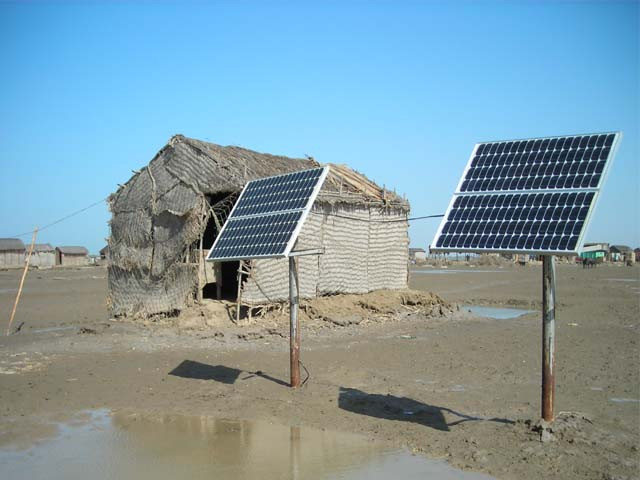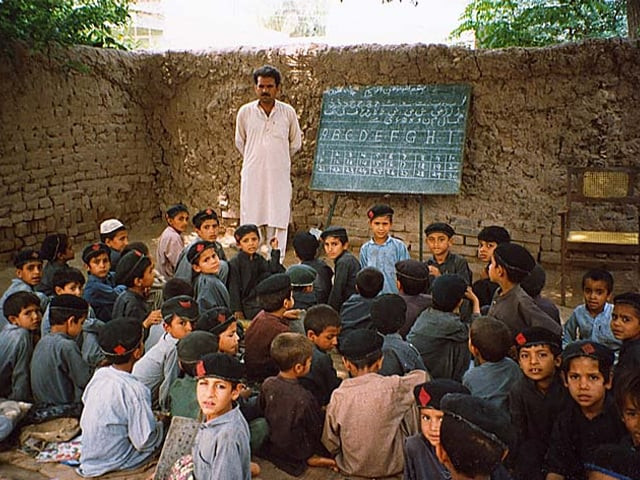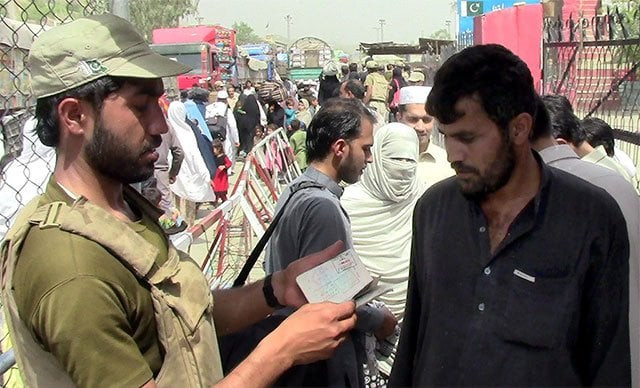Business
Rs40b fine on mills termed ‘wrong’ | The Express Tribune
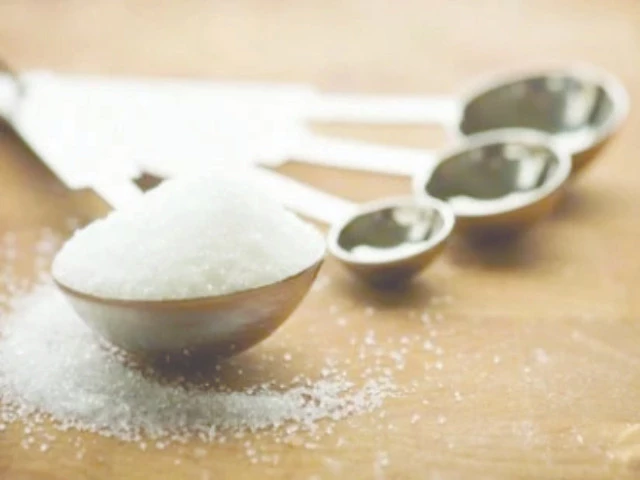
ISLAMABAD:
Special Assistant to the Prime Minister on Industries and Production Haroon Akhtar Khan on Tuesday said that a fine of Rs40 billion on sugar mills imposed by the Competition Commission of Pakistan (CCP) was “politically motivated” and was totally wrong.
He ruled out that sugar millers were involved in recent prices hike; rather he argued that the price surge was due to a 20% decline in sugarcane output instead of market collusion.
Talking to journalists after attending the Auto Parts Summit 2025, organised by the Pakistan Association of Automotive Parts and Accessories Manufacturers (Paapam), the PM aide accused the former CCP chairperson of casting a double vote in the decision to impose the fine of Rs40 billion on sugar millers.
“I challenge the CCP’s decision about sugar mills, which is 100% wrong,” Haroon Akhtar said and advocated the “deregulation of ex-mill sugar prices” while the government should only keep reserve stocks.
“The sugar price solution lies in deregulation,” he said and dismissed the talk that the decision for sugar export was behind the price hike. He elaborated that the country had a two-year surplus of 1.5 million tons of sugar when the government allowed the commodity’s export.
The government kept 0.5 million tons as strategic stock and allowed export of 0.7 million tons. When the new crushing season started, the country had still surplus of around 0.5 million tons.
Haroon Akhtar said that the subsequent 20% drop in sugarcane output pushed down sugar production by about 1.4 million tons, triggering market tightness. “Mills are dispatching sugar at around Rs167 per kg,” he said, adding that they had made borrowing at nearly 22%.
While pushing for sugar price deregulation and keeping just strategic reserves, he noted that prices of other crops such as rice were not controlled. “Industries grow when the government exits price control,” he remarked.
The special assistant added that the commission’s stock analysis was “entirely flawed” and the tribunal had sent the order back. He questioned the voting process, alleging that there was a split decision where the then chairperson cast an additional vote.
He stressed that sugar was exported under a transparent process, which brought about $450 million in foreign exchange.
The PM aide also raised question about appointments in Utility Stores Corporation (USC) and stressed that the government would release overdue salaries of USC employees soon.
He announced the launch of a Voluntary Separation Scheme for permanent, temporary and daily-wage staff, with compensation for contract workers as well.
Regarding Pakistan Steel Mills, Haroon Akhtar said that the government wants to revive the entity through public-private partnership. A feasibility study is likely to be completed and the decision will be taken based on the study.
Speaking earlier as chief guest at the Auto Parts Summit, the special assistant to the PM said that the government was committed to enforcing the New Energy Vehicle (NEV) Policy 2025-30.
He said that the government was going to introduce a vehicle certification law that would mandate safety testing for both locally produced and imported used vehicles. The imported cars failing to comply will be sent back and the domestic ones will have to meet specified standards before launch.
Pakistan has signed the 1958 UN convention, which requires compliance with 169 standards. He said the country had so far met 17 standards and would expand coverage beyond four-wheelers to two- and three-wheelers as well.
“The government’s goal is not to shut car manufacturers or make vehicles expensive. Our task is to bring advanced policies,” he said, adding that they were working to introduce an updated auto policy next year alongside the existing EV framework.
Akhtar said seven major carmakers were producing vehicles locally and more than 1,200 auto parts manufacturers were also operating in the country. “The auto and parts ecosystem contributes about 3% to GDP and supports over 2.5 million jobs,” he said and acknowledged the expensive energy, limited access to technology and financing.
The government has reduced interest rates and energy prices and is steering towards export-led growth, Akhtar said and urged manufacturers to invest in R&D and modern technology to meet global quality benchmarks.
Regarding recent engagements with Chinese firms and the visit to Tokyo, the PM aide said that Japanese officials had raised concerns about tariff protection. He pointed out that prior tariff measures were aimed at curbing imports and raising revenue, which incidentally provided protection.
He added that the forthcoming industrial policy would set the direction on taxation, interest rates and energy tariffs. It will also pitch Pakistan not merely as a market but as an export base. “Build vehicles of that quality here and export from Pakistan,” he said.
While addressing the summit, auto parts makers criticised the government for protecting the import of used cars. They also denounced the lack of political stability and inconsistency in policies that halted growth in the auto sector.
Paapam Chairman Usman Malik said that developed countries were protecting their auto industries and even the United States was saving its industry through tariffs.
Business
Eli Lilly cuts cash prices of Zepbound weight loss drug vials on direct-to-consumer site

The Eli Lilly logo appears on the company’s office in San Diego, California, U.S., Nov. 21, 2025.
Mike Blake | Reuters
Eli Lilly on Monday said it is lowering the cash prices of single-dose vials of its blockbuster weight loss drug Zepbound on its direct-to-consumer platform, LillyDirect, building on efforts by the company and the Trump administration to make the medicine more accessible.
The announcement also comes weeks after chief rival Novo Nordisk unveiled additional discounts on the cash prices of its obesity and diabetes drugs.
Starting Monday, cash-paying patients with a valid prescription can get the starting dose of Zepbound vials for as low as $299 per month on LillyDirect, down from a previous price of $349 per month. They can also access the next dose, 5 milligrams, for $399 per month and all other doses for $449 per month, down from $499 per month across those sizes.
Zepbound carries a list price of roughly $1,086 per month. That price point, and spotty insurance coverage for weight loss drugs in the U.S., have been significant barriers to access for some patients.
Eli Lilly’s announcement comes just weeks after President Donald Trump inked deals with Eli Lilly and Novo Nordisk to make their GLP-1 drugs easier for Americans to get and afford. The agreements will cut the prices the government pays for the drugs, introduce Medicare coverage of obesity drugs for the first time for certain patients and offer discounted medicines on the government’s new direct-to-consumer website launching in January, TrumpRx.
But Eli Lilly’s deal with Trump centers around lowering the prices of a different form of Zepbound – a multi-dose pen – after it wins Food and Drug Administration approval.
That means Eli Lilly’s Monday announcement around cutting prices on the existing single-dose vials could allow more patients to get discounted treatments more quickly.
“We will keep working to provide more options — expanding choices for delivery devices and creating new pathways for access — so more people can get the medicines they need,” said Ilya Yuffa, president of Lilly USA and global customer capabilities, in a statement.
Eli Lilly’s stock, which has climbed more than 36% this year, fell nearly 2% on Monday. Its meteoric rise due to the success of Zepbound and its diabetes injection Mounjaro vaulted it to becoming the first health-care company to hit a $1 trillion market value last month. Though cutting prices means lower revenue per medication sold, Eli Lilly’s sales — and shares — have continued to soar through past pricing announcements as demand balloons.
With single-dose vials, patients need to use a syringe and needle to draw up the medicine and inject it into themselves. Eli Lilly first introduced that form of Zepbound in August 2024.
It’s unclear how many patients are currently using single-dose vials of Zepbound. But Eli Lilly previously said that direct-to-consumer sales now account for more than a third of new prescriptions of Zepbound.
Novo Nordisk earlier this month lowered the price of its obesity drug Wegovy and diabetes treatment Ozempic for existing cash-paying patients to $349 per month from $499 per month. That excludes the highest dose of Ozempic.
The company also launched a temporary introductory offer, which will allow new cash-paying patients to access the two lowest doses of Wegovy and Ozempic for $199 per month for the first two months of treatment.
Business
OGRA Announces LPG Price Increase for December – SUCH TV

The Oil and Gas Regulatory Authority (OGRA) has approved a fresh increase in the price of liquefied petroleum gas (LPG), raising the cost for both domestic consumers and commercial users.
According to the notification issued, the LPG price has been increased by Rs7.39 per kilogram, setting the new rate at Rs209 per kg for December. As a result, the price of a domestic LPG cylinder has risen by Rs87.21, bringing the new price to Rs2,466.10.
In November, the price of LPG stood at Rs201 per kg, while the domestic cylinder was priced at Rs2,378.89.
The latest price hike is expected to put additional pressure on households already grappling with rising living costs nationwide.
Business
Taxable Value Of Goods Surges 15% In Sep-Oct As GST Cuts Boost Consumption
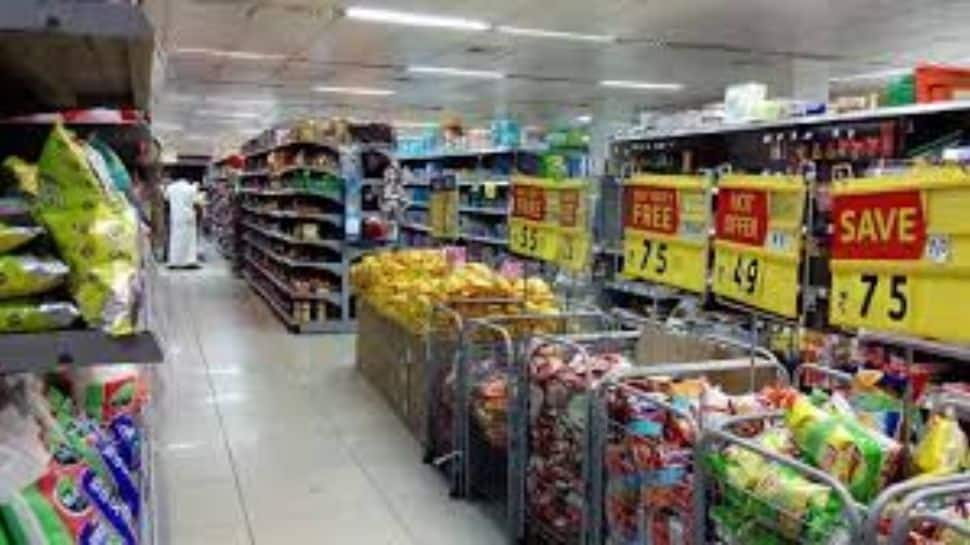
New Delhi: The taxable value of all supplies under GST surged by a robust 15 per cent during September-October this year, compared to the same period in 2024 due to sharp increase in consumption triggered by the tax rate cuts on goods across sectors that kicked in from September 22, according to official sources.
The growth in the same two-month period last year was 8.6 per cent. “This surge in taxable value during ‘Bachat Utsav’ demonstrates strong consumption uplift, stimulated by reduced rates and improved compliance behaviour,” a senior official said.
He pointed out that the growth has especially been strong in sectors where rate rationalisation was implemented, such as FMCG, pharma goods, food products, automobiles, medical devices and textiles. In these sectors, the taxable value of supplies has seen significantly higher growth, confirming that lower GST rates translated directly into higher consumer spending.
“It vindicates our strategy that reducing rates on essentials and mass-use sectors would create demand-side buoyancy — a Laffer Curve–type demand uplift,” he explained.These trends confirm that GST next-gen reforms have not disrupted revenue stability, and that consumption-side buoyancy has begun to translate into higher taxable value in key sectors.
This growth is in value terms which means that since GST rates were lower, the growth in volume terms will be even higher. It is clearly visible that while the Next Gen Reforms resulted in significant Bachat — increased consumption, industry has been very proactive in passing on the GST savings to the final consumers and ensuring that there is no supply side deficiency.
As GDP private consumption data will be released much later, GST taxable value serves as the most reliable real-time proxy for consumption, and the current numbers clearly indicate sustained demand expansion, the official added.
-

 Sports1 week ago
Sports1 week agoWATCH: Ronaldo scores spectacular bicycle kick
-

 Entertainment1 week ago
Entertainment1 week agoWelcome to Derry’ episode 5 delivers shocking twist
-

 Politics1 week ago
Politics1 week agoWashington and Kyiv Stress Any Peace Deal Must Fully Respect Ukraine’s Sovereignty
-

 Business1 week ago
Business1 week agoKey economic data and trends that will shape Rachel Reeves’ Budget
-

 Politics1 week ago
Politics1 week ago53,000 Sikhs vote in Ottawa Khalistan Referendum amid Carney-Modi trade talks scrutiny
-

 Tech6 days ago
Tech6 days agoWake Up—the Best Black Friday Mattress Sales Are Here
-

 Fashion1 week ago
Fashion1 week agoCanada’s Lululemon unveils team Canada kit for Milano Cortina 2026
-

 Tech1 day ago
Tech1 day agoGet Your Steps In From Your Home Office With This Walking Pad—On Sale This Week


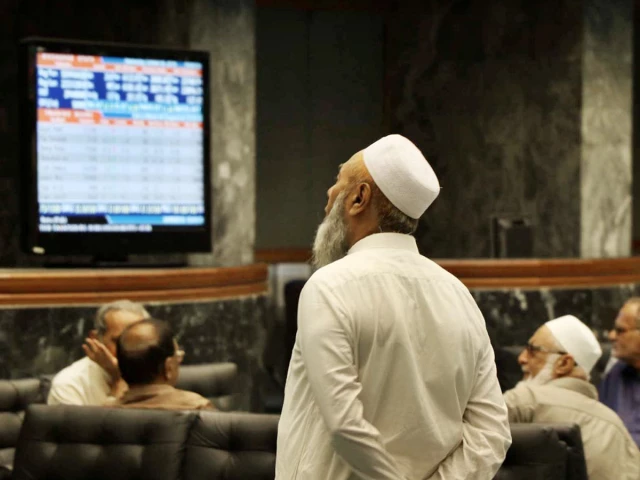
1729471601-0/image-(8)1729471601-0-640x480.webp)
